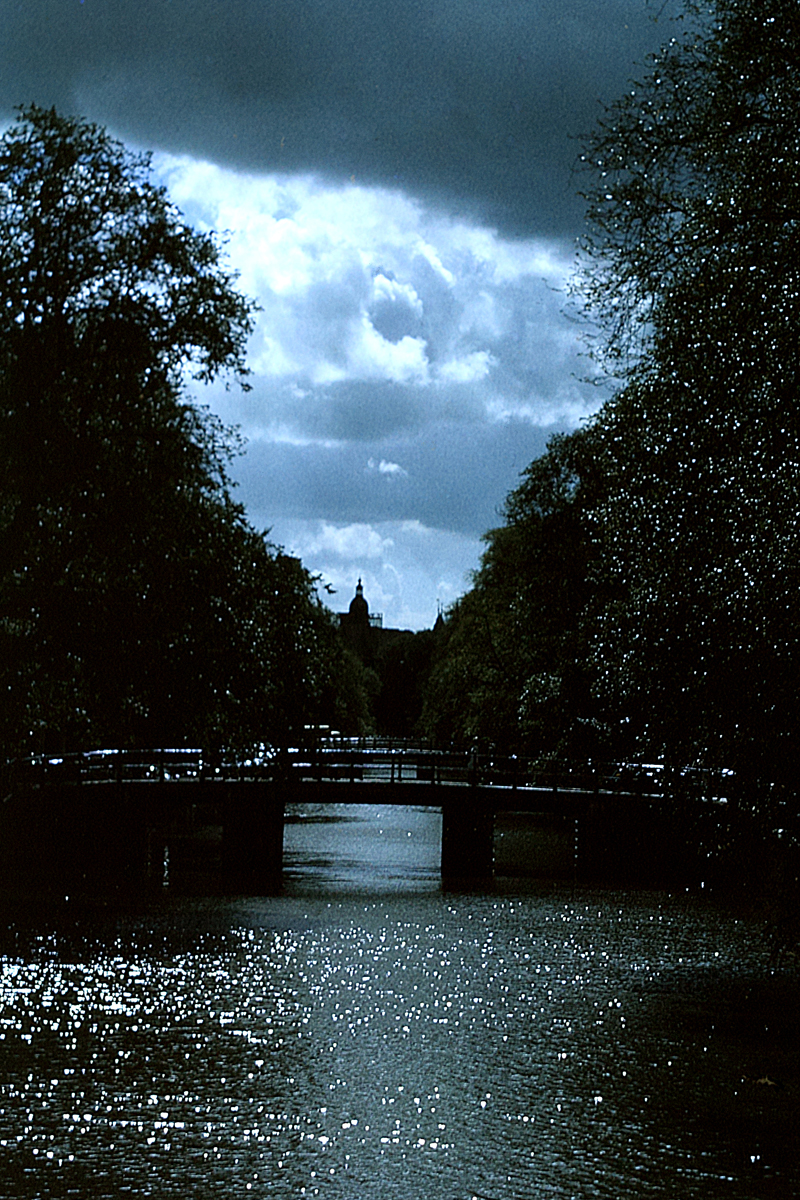“Photography is not like painting. There is a creative fraction of a second when you are taking a picture. Your eye must see a composition or an expression that life itself offers you, and you must know with intuition when to click the camera. That is the moment the photographer is creative. Oop! The Moment! Once you miss it, it is gone forever.”
Henri Cartier-Besson (1908-2004)
It was in this way that Henri Cartier-Bresson described capturing the decisive moment in photography. And we have all been brought up on the myth of Ansel Adams’ “Moonrise Hernandez, NM, 1941” Actually, I like Adams’ description of that creative moment, of how he almost bungled the whole scene. I like it because I can relate to it. More often than not, I do something wrong. Nowadays, it’s more often than not that I’ve got the camera on power-save off.
Still using a camera has certainly gotten a lot easier. In the “good?” old days, I used to go out and assess the light, set my camera to a likely exposure and set my focus to an appropriate likely depth-of-field range. Today you might not even know what I am talking about. Still I was ready – ready to bungle it all again!
But of course, what you remember best are not your mistakes but your successes. It was the summer of 1970 and I happened to be standing on a bridge over a canal in Amsterdam, NL. My Leica M3 was in my supposed preordained state of readiness. In an instant, and for an instant, I was transported into the threatening, inky-blue, vaporous light of Giorgione’s “The Tempest, 1508.” I had time for a single exposure. It was the greatest success of my analogue days.

